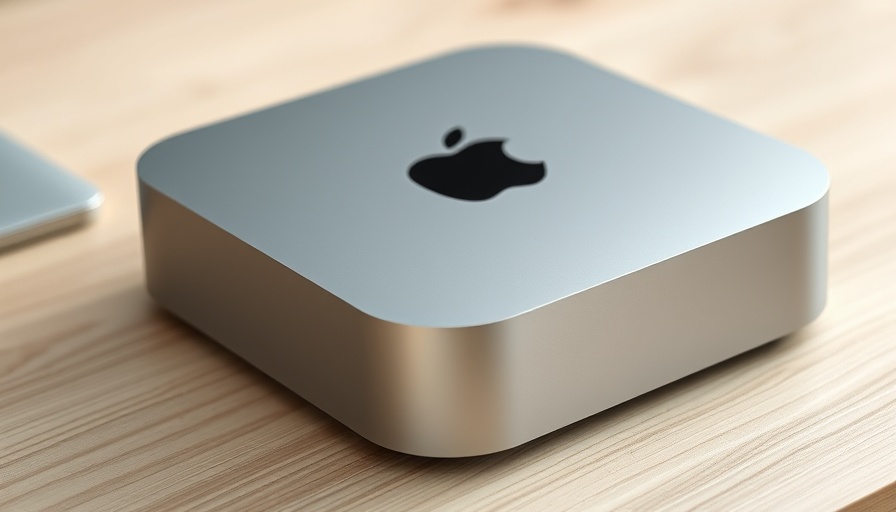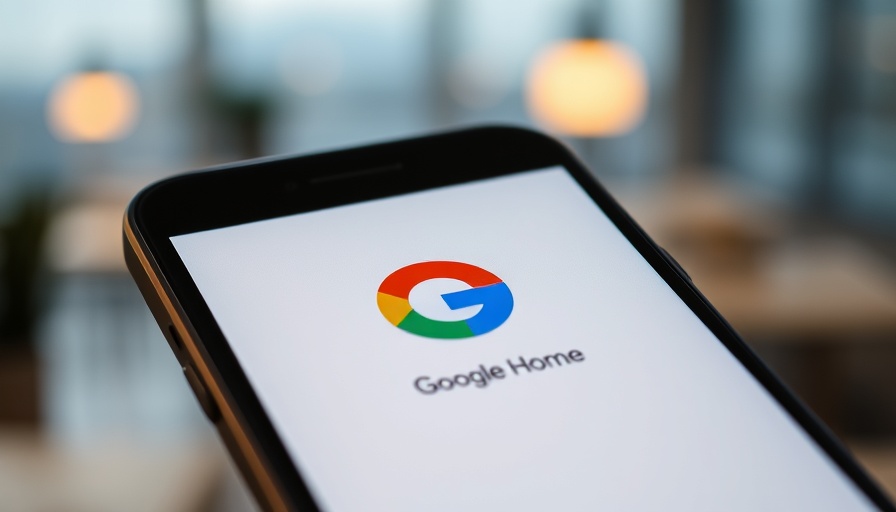
Choosing the Right Smart Lighting: Philips Hue vs. Nanoleaf
When it comes to transforming your home with innovative lighting, two names dominate the smart lighting landscape: Philips Hue and Nanoleaf. While both brands offer an array of captivating smart lighting solutions, they cater to different preferences and needs. Understanding their unique offerings can help you make an informed decision.
Philips Hue: The Versatile Choice for Traditional and Smart Lighting
Philips Hue excels at providing a comprehensive range of smart light bulbs designed to enhance every room of your home. From the cozy ambiance of a bedroom lamp to the bright illumination of kitchen spotlights, Hue lights fit seamlessly into standard sockets, making them an easy upgrade from traditional lighting.
Moreover, Philips Hue's ecosystem is supported by a central hub, offering unmatched reliability and advanced functionalities. Users can control up to 50 lights simultaneously, set personalized schedules, and create automated lighting scenes that change based on daily routines. This makes Philips Hue a superb choice for anyone looking to integrate smart lighting into their home seamlessly.
Nanoleaf: Artistic and Playful Lighting Innovations
In contrast, Nanoleaf focuses on creating visually stunning lighting experiences that transcend standard functionality. Their iconic LED panels and customizable wall ornaments allow you to express your creativity and redefine your living space. Whether it's vibrant color displays that sync with music or interactive lighting that enhances gaming setups, Nanoleaf transforms walls into art installations.
While Nanoleaf panels often come at a lower price point than Philips Hue bulbs, they lack some of the practicalities of traditional smart lighting. For example, they do not include elaborate security options or the extensive range of fixtures available with Hue. Yet, if you seek an eye-catching centerpiece for your home, the customizable options offered by Nanoleaf are second to none.
Cost vs. Quality: What's Worth Your Investment?
The price disparity between Philips Hue and Nanoleaf can heavily influence your decision. Generally, Nanoleaf products are less expensive and provide a fun, engaging way to light your space. However, Philips Hue's higher price is backed by better reliability and a broader array of lighting functionalities, often justifying the cost for long-term users.
Future of Smart Lighting: Compatibility Considerations
As smart home technology continues to evolve, both brands are adapting to ensure robust compatibility with emerging systems. Philips Hue is gearing up for Matter integration, which promises improved interoperability, while Nanoleaf is focusing on Thread connectivity. This means future-proofing your smart lighting investment is achievable with either brand, ensuring your setup will remain current as new technologies develop.
Your Smart Lighting Decision
Ultimately, the choice between Philips Hue and Nanoleaf comes down to your specific needs and aesthetic preferences. If you are looking for a reliable, functional smart lighting system that can seamlessly integrate into your day-to-day activities, Philips Hue is your best bet. However, if your priority is creating an interactive and visually striking atmosphere, don’t overlook the artistic potential of Nanoleaf.
Choosing the right smart lights can significantly enhance your home environment. Both Philips Hue and Nanoleaf offer unique advantages, ensuring there's a perfect option regardless of your preference. Consider what factors matter most to you—functionality, price, aesthetics—and take the plunge into the world of smart lighting!
 Add Row
Add Row  Add
Add 




Write A Comment